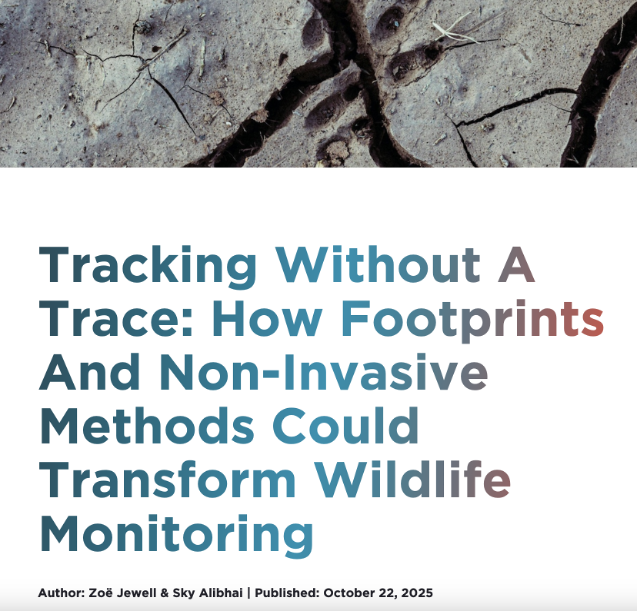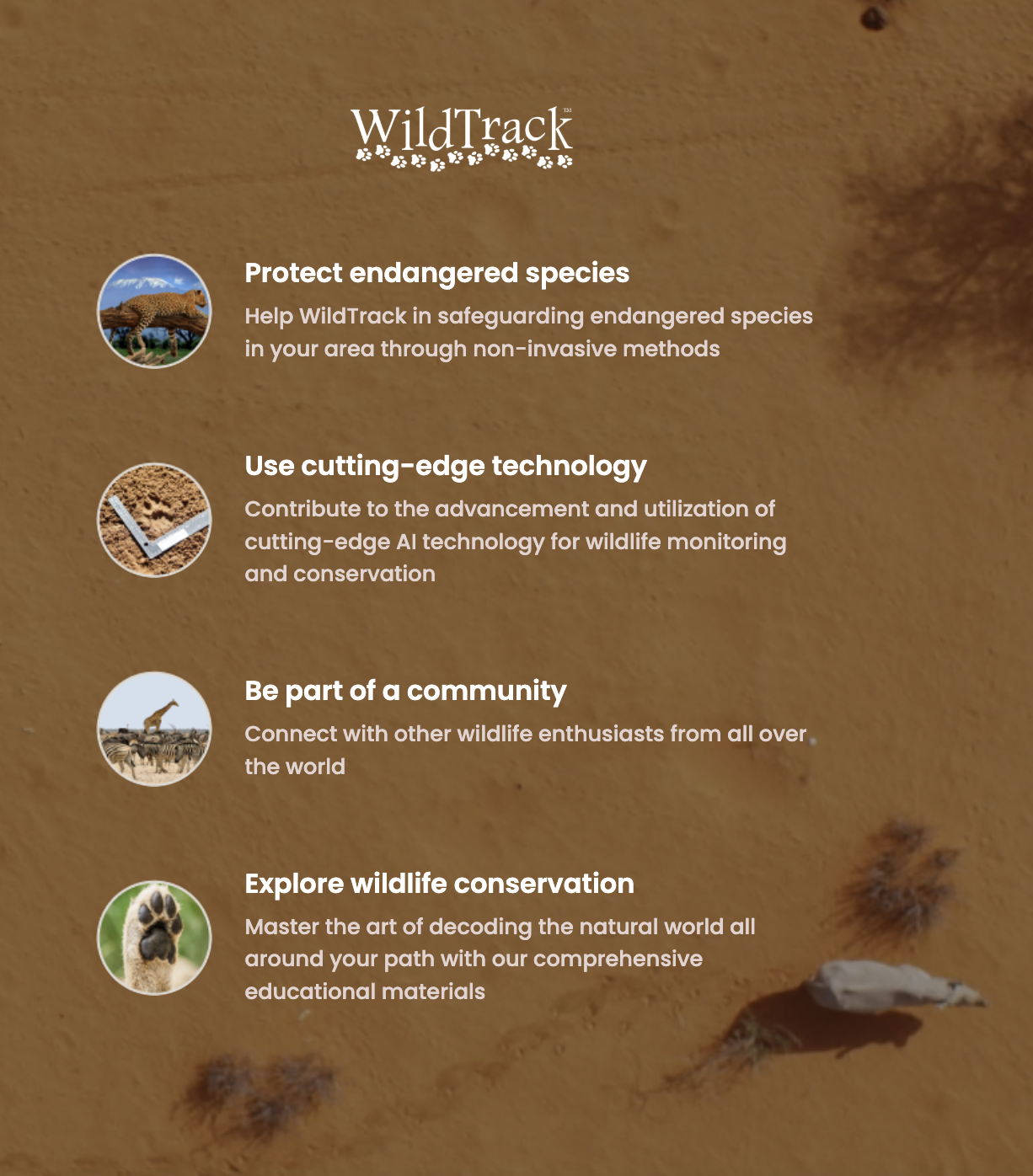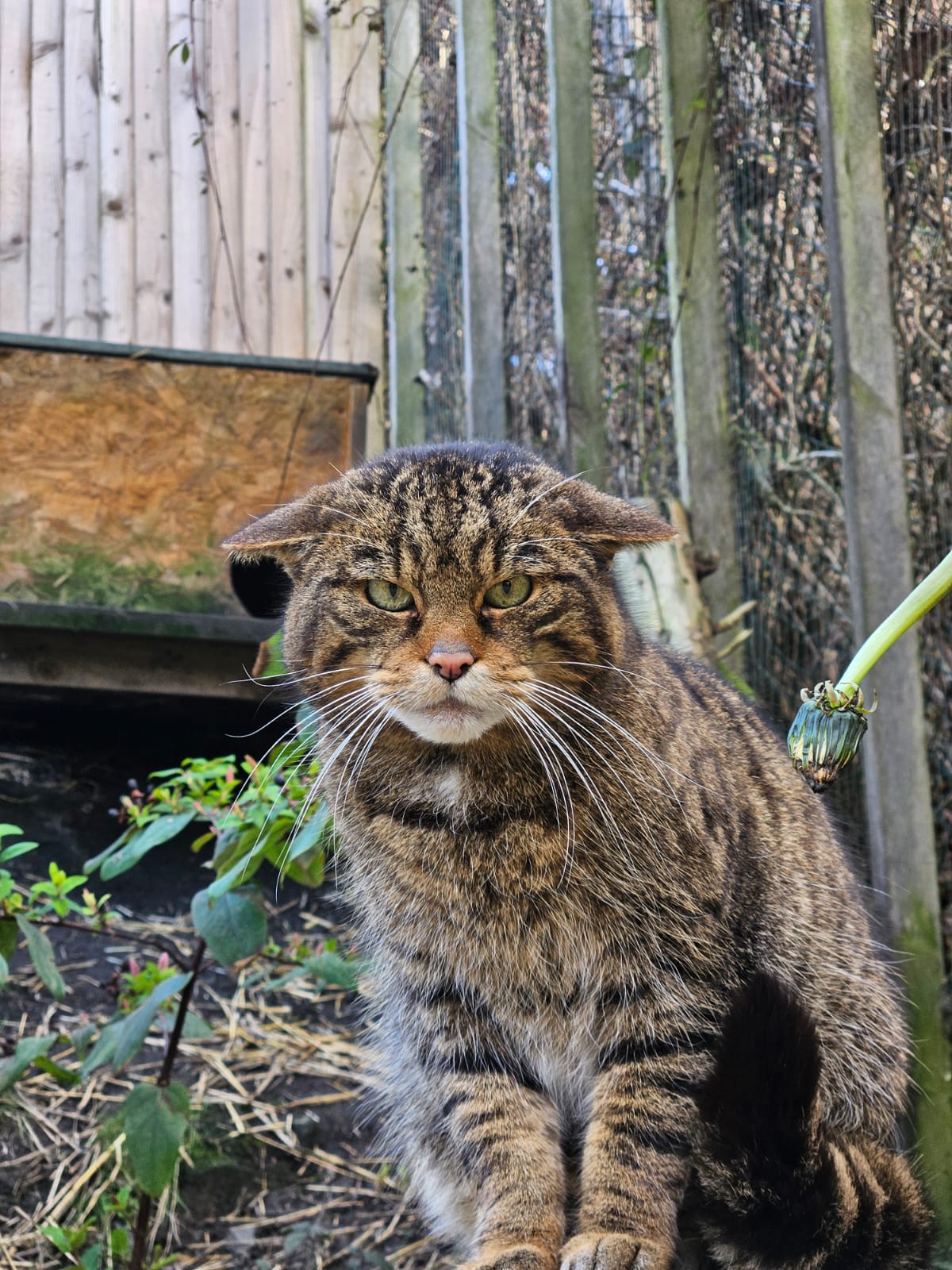Guest Blog: WildCats in Iran – New tourism initiative to help conservation
Guest Blog: WildCats in Iran – New tourism initiative to help conservation January 4, 2021 Nature tourism and wildlife conservation often work hand in hand to support each other. COVID-19 has hit tourism very hard, creating major challenges in both sectors. Our colleagues in Iran have been working hard to monitor wild cats, and are also offering an opportunity to contribute to Iran’s conservation work through a visit to this beautiful and relatively unexplored country. More details at: VisitOurIran
By Pouyan Saghatoleslami, VisitOurIran
Wildcats in Iran
Although specific species like Persian leopards, Asiatic cheetahs, jungle cat, carnivore, sand cats, and Caracals whose last haven has been the expanses of Iran are endangered, we can hopefully strive for a better future for these wonderful creatures. There are about 200 protected areas in Iran that are serving the preservation of particular varieties and species found in this country. These species widely differ from one another regarding size, the shape of the body, and living in various environmental areas ranging from high mountains and forests to desert lands. Wildcats in Iran include Persian leopards, Asiatic cheetahs, jungle cat, carnivore, sand cats, and Caracals. The last four mentioned species can be found and observed in many protected areas and national parks in Iran. Unlike the last four, Persian leopards & Asiatic cheetahs are rarely found in the national parks of Iran. Specially, Asiatic cheetahs are critically endangered, remained less than 50 of them and Persian leopards are estimated to be less than 400-500.
You’ll be able to see prominent species of Persian leopards in Golestan National Park. Being one of the vastest protected areas in this country, Golestan National Park is the first officially recorded national park in Iran. Moreover, in Turan National Park you could observe Persian leopards, But Tandoureh national park is home to the largest population of Persian leopards. So, it is very likely to see Persian leopards in Tandoureh National Park.
Asiatic cheetahs are seen in Kavir National Park & Turan National Park. In Turan National Park you could observe the largest population of Asiatic cheetahs (Iranian cheetahs). Thus, in your safari in Turan National Park, you might be able to see different families of Asiatic cheetahs living in different spots of the park.
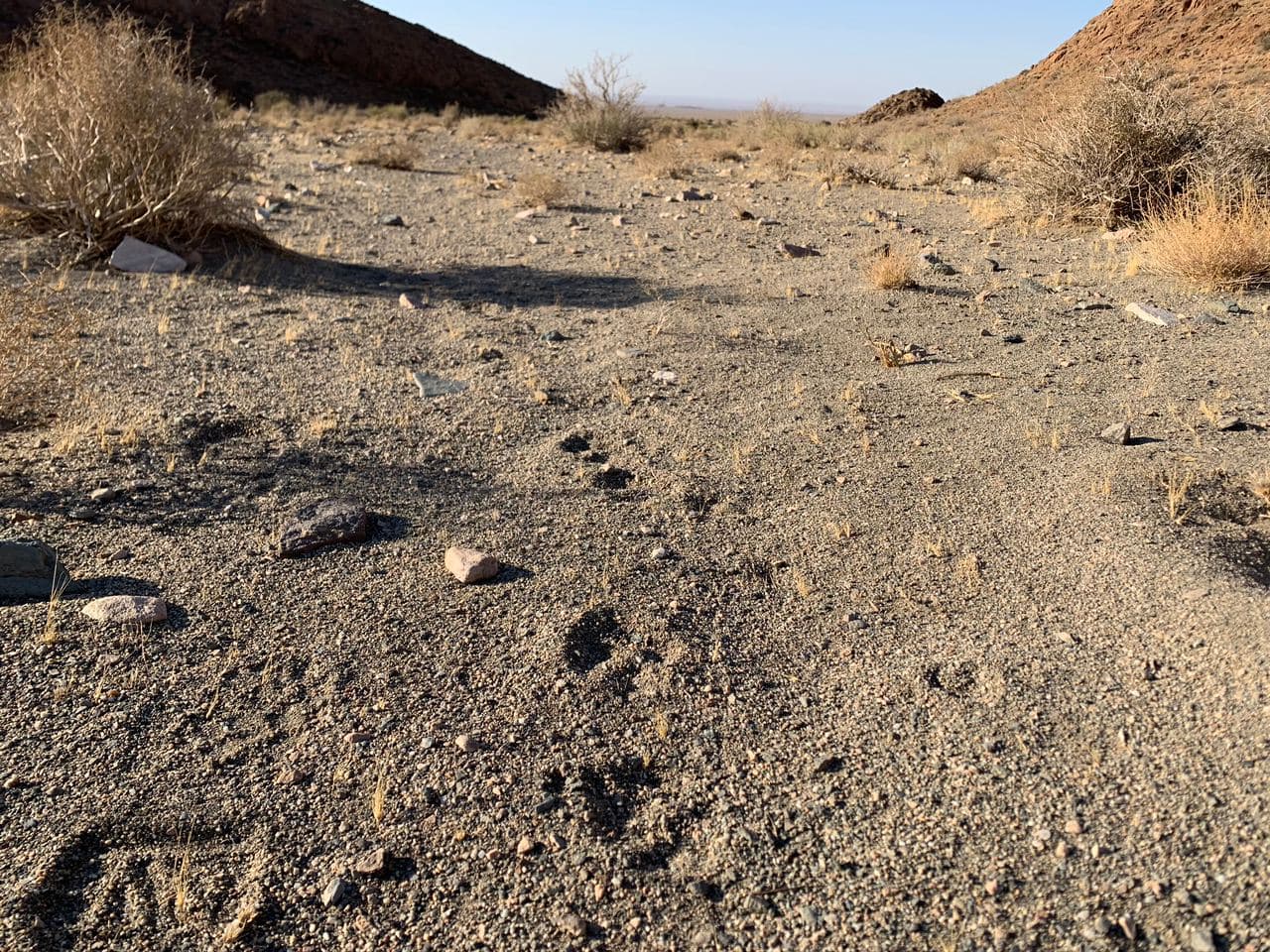
Footprints from the very rare Iranian cheetah
Jungle cats are only seen in Golestan National Park in the Hyrcanian Forests. This park stretches for about 90,000 hectares from the south-eastern edge of the Caspian Sea to the north-western corner of the country.
Carnivore is only observed in Kavir National Park. Here you can find particular species such as cat-like carnivore. With about 400,000 hectares, Kavir National Park is an ecological zone extending over the boundaries of 3 provinces in Iran. These Rusty-spotted cats have a relatively restricted distribution in the world.
Sand cats are one of the precious charms of Kavir National Park. This cat is referred to as “desert cat” that’s why it is found Kavir National Park. The whole area of this park includes steppes, stark landscapes, and deserts.
Caracals are mainly explored in dry regions, arid, sandy regions. In Iran, it is observed in Kavir National Park & Turan National Park. Due to the hot arid climate in Turan National Park, the best time to visit the Park in the winter. Even in the winters, the sun might be scorching at noon; but, you will definitely find it amazing when you’re with an expert, especially if you’re a wildlife enthusiast.
VisitOurIran (visitouriran.com) team is working closely with the rangers in protected areas to play a part in preserving the endangered wildlife of Iran through sustainable tourism and has been trying to provide unique experiences and wildlife tours into these wild frontiers, to highlight these blessings and raise awareness.
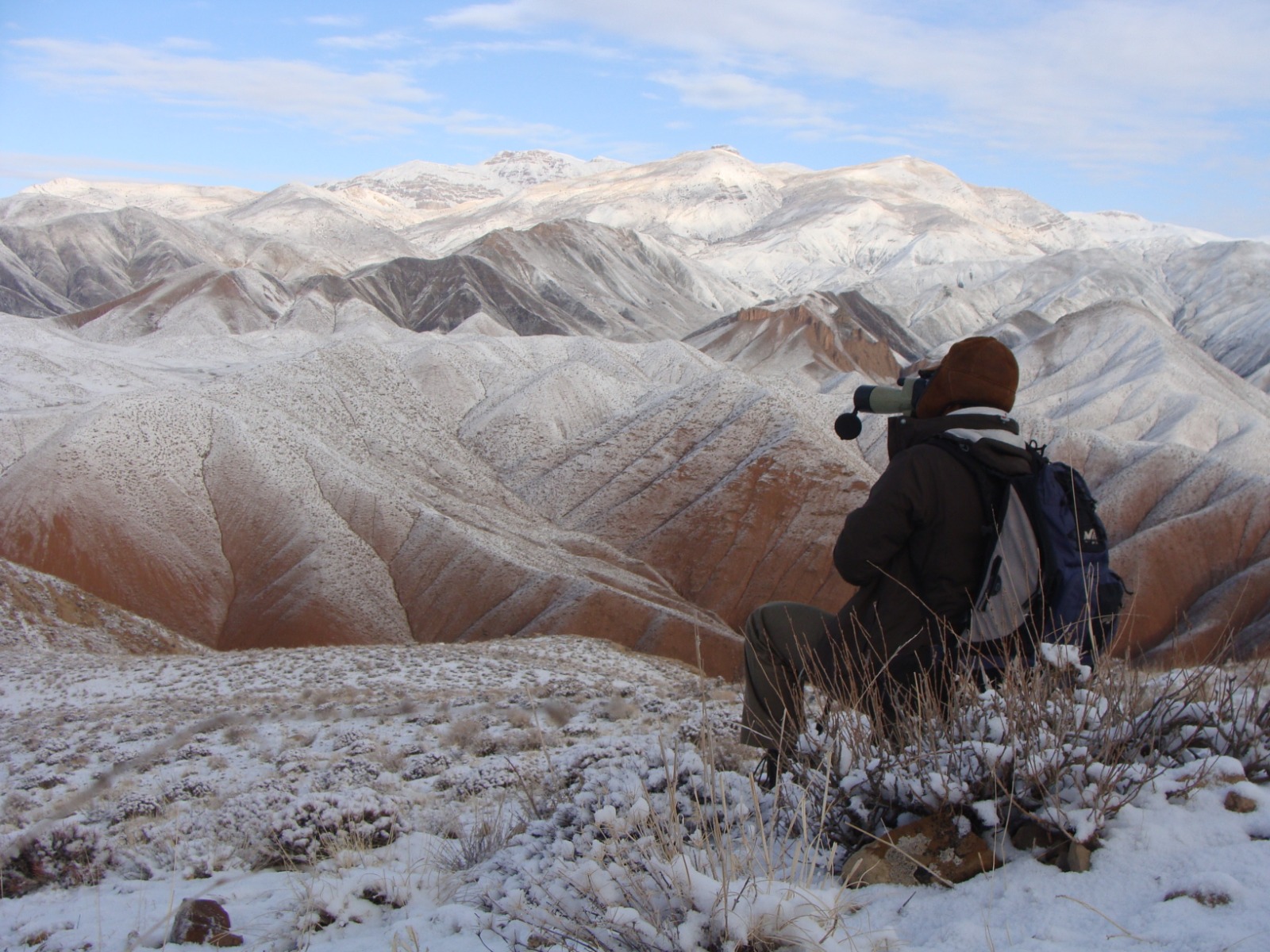
Iranian biologist working in remote and dramatic scenery

